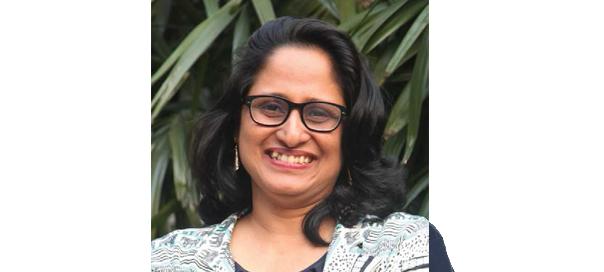Shalini Gupta, VP-Brand & Communications, The Lokmat Group talks about her dream meet with His Holiness the 14th Dalai Lama.
BY SHALINI GUPTA
VP-Brand & Communications, The Lokmat Group
It was a dream come true for a group of students of San Diego University and some of us from Mumbai, Delhi and Bangalore, blessed as we were with the opportunity to meet His Holiness the 14th Dalai Lama at Dharamshala on September 6, 2017. We were guided into the monastery by Lama Tenzing, Emissary of Peace from San Diego, who had sought an appointment from the Dalai Lama on behalf of the students, and given us the opportunity to meet him too. Throughout the security check, temple premises, waiting rooms – all around, there was an air of peaceful coexistence that helped us balance our nervousness, coupled with unbridled joy and excitement.
Managing my 23-month-oldB daughter and her unpredictable behaviour made me a little tense, but the gracious security personnel helped me by allowing in the baby bag and essentials. It was a good one-hour wait before His Holiness entered the room, supported by his close aides. Immediately, there was respect, reverence and stillness in the room broken only by my little daughter’s plaintive voice. After greeting both groups, His Holiness said he would like to address the people from India first. His deep voice filled the room, words interspersed with intervals of childlike laughter. Indicating paintings of the 17 Nalanda Masters on the walls, he explained that they were the authors of the major treatises that constituted the Buddhist education programme in Tibet. He observed that despite strong links with China, the Tibetan Religious Emperors looked to India as the source of Buddhist culture, and Tibetans were educated in Sanskrit grammar and the Devanagari script.
 His Holiness pointed out that a unique feature of the teachings derived from Nalanda University was its employment of logic, intellect and reasoning. He mentioned the far-reaching influence the erudite scholars Dharmakirti, Shantarakshita and Kamalashila had on the development of Tibetan Buddhism, which is now the only tradition to preserve Buddhist logic and epistemology.
His Holiness pointed out that a unique feature of the teachings derived from Nalanda University was its employment of logic, intellect and reasoning. He mentioned the far-reaching influence the erudite scholars Dharmakirti, Shantarakshita and Kamalashila had on the development of Tibetan Buddhism, which is now the only tradition to preserve Buddhist logic and epistemology.
“Since this knowledge originated in India, we regard India as our spiritual home,” His Holiness remarked, “which is why one of my commitments is to revive this ancient knowledge in India. In our monasteries in the South, we have 10,000 monks and nun scholars skilled in the understanding and elucidation of the treatises of Nalanda.”
On living in India, he said, “Since 1959, Dharamshala is my home and my body is nurtured with Indian food like dal, roti and sabzi. Thus I call myself a ‘Son of India’. There is nothing political about this statement - it’s a strong emotional bond.”
He also expressed his commitment to develop the ancient Indian traditions of Nalanda, and referred to his discussions with several scientists over the years on the fact that basic human nature is about being compassionate. Therefore, he said, the next Dalai Lama might be a woman. He felt that the modern education system in India must include the ancient Indian knowledge of emotions, and we need to learn to tackle destructive emotions.
On another front, he spoke of the right of 1.3 billion Chinese to free access to information on the basis of which they would be capable of distinguishing right from wrong. In this context, he compared censorship to exploitive corruption. He even suggested that China could do with a new Cultural Revolution driven by compassion.
Thus ended a beautiful hour-and-a-half, surrounded by the world of possibility, love and compassion, blessed by the Dalai Lama’s wise and benevolent touch. It was a memorable and unforgettable experience for all of us, as we stood humbled by his boundless energy, personality and wisdom.
@ FEEDBACK
shalini.gupta@lokmat.com























